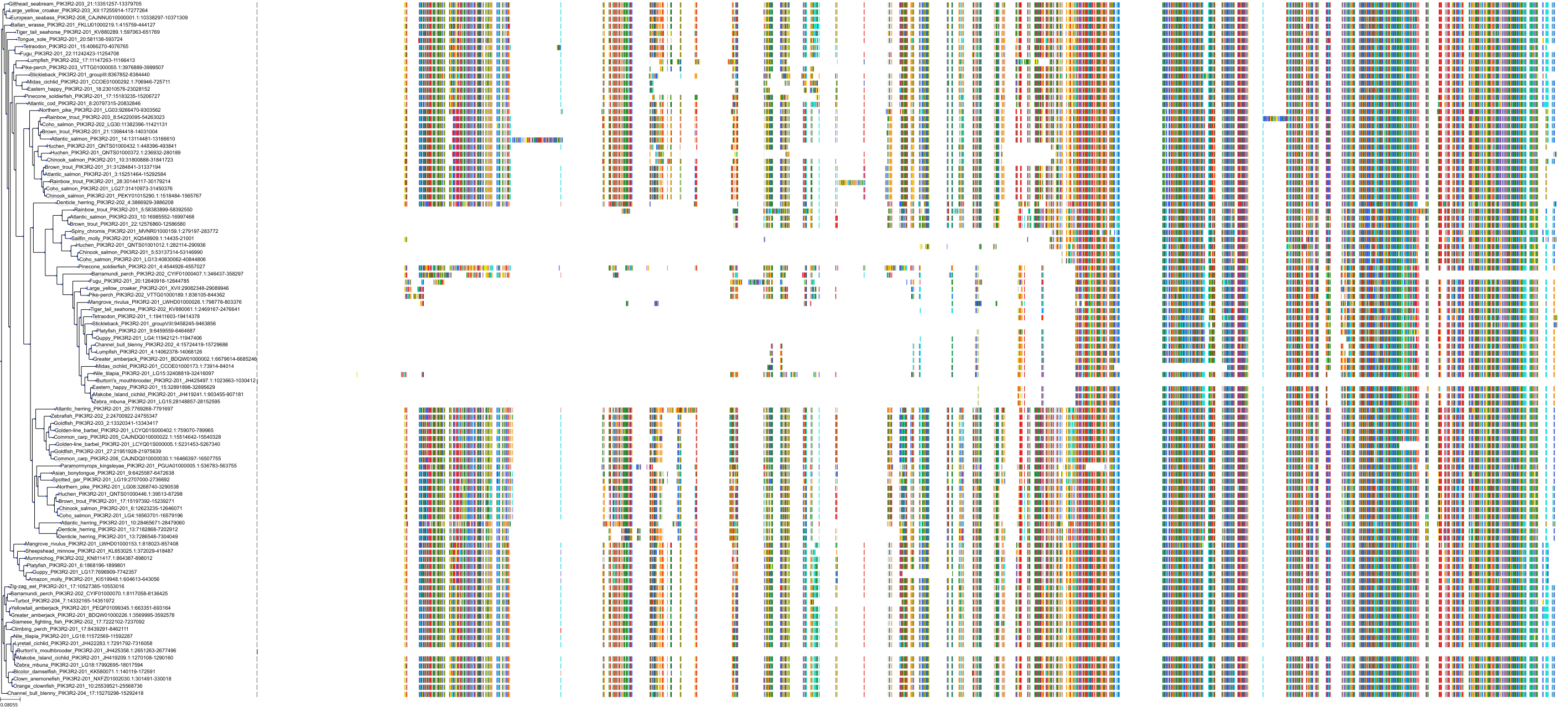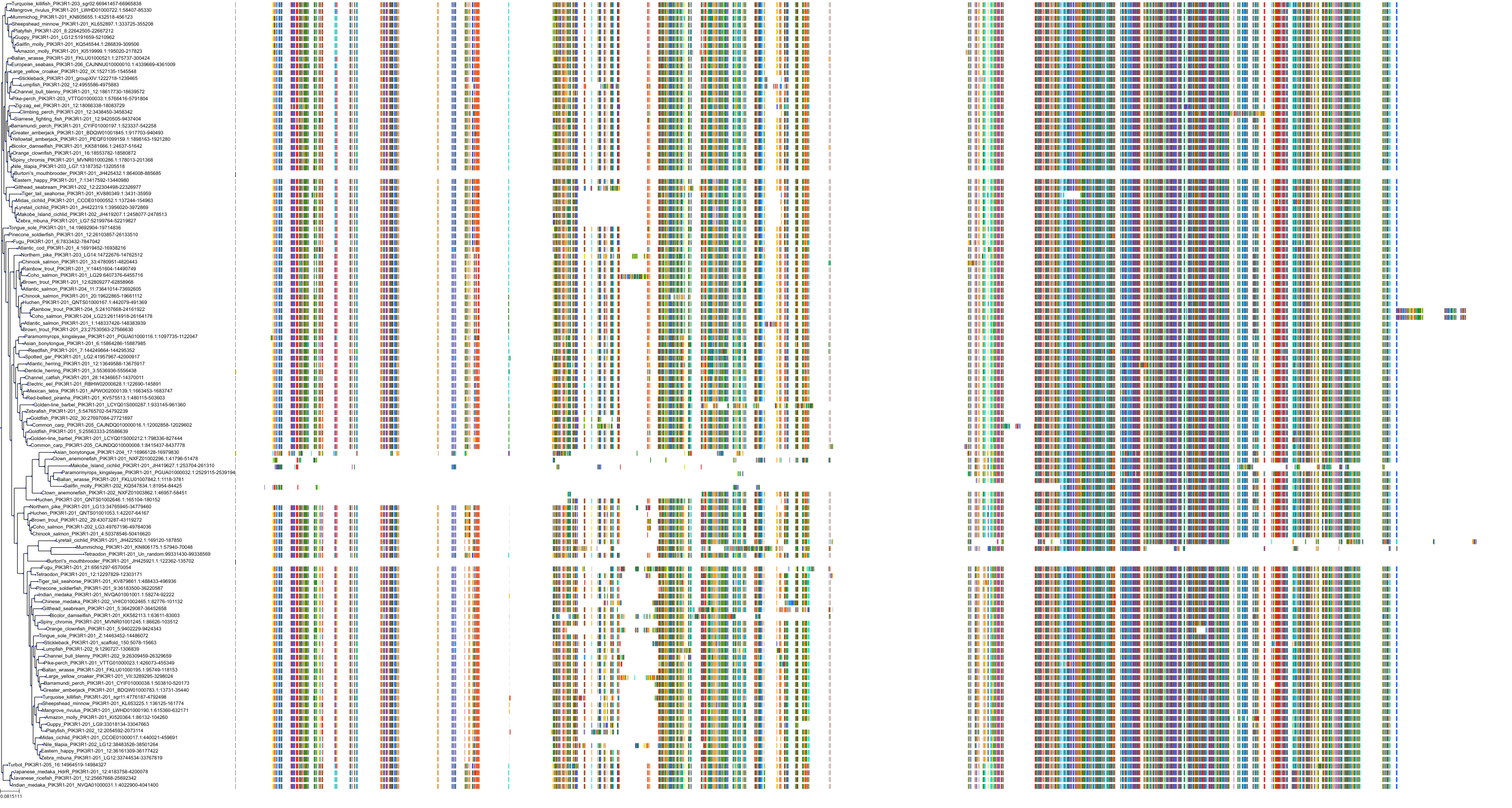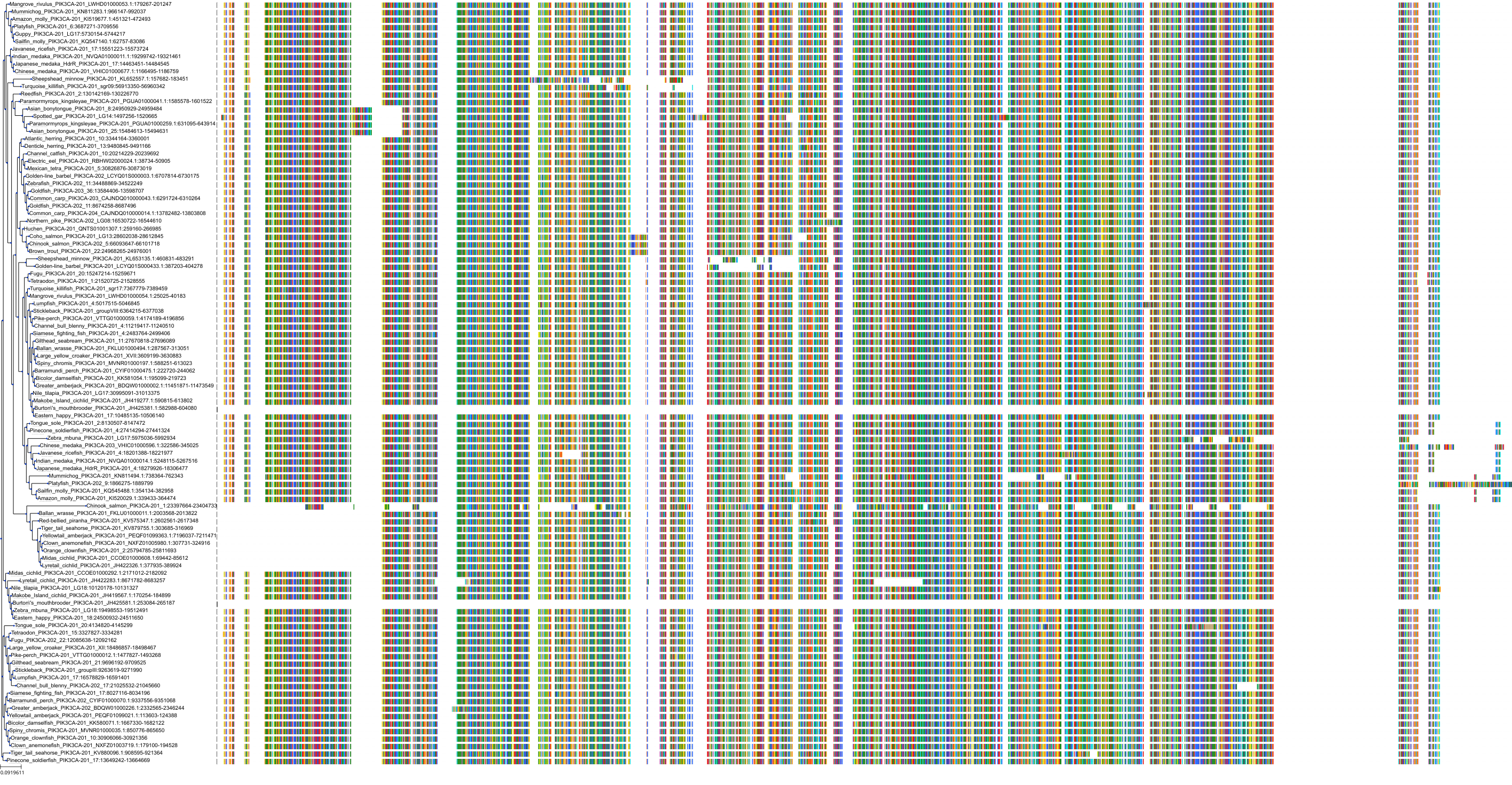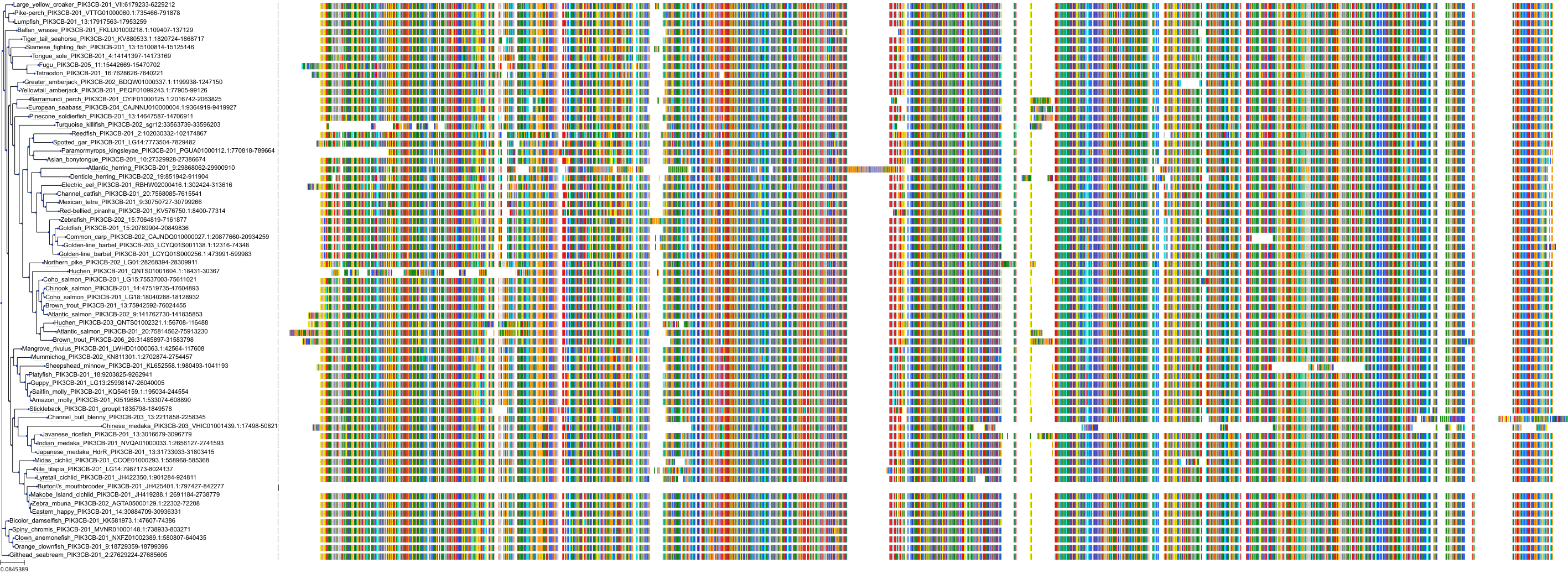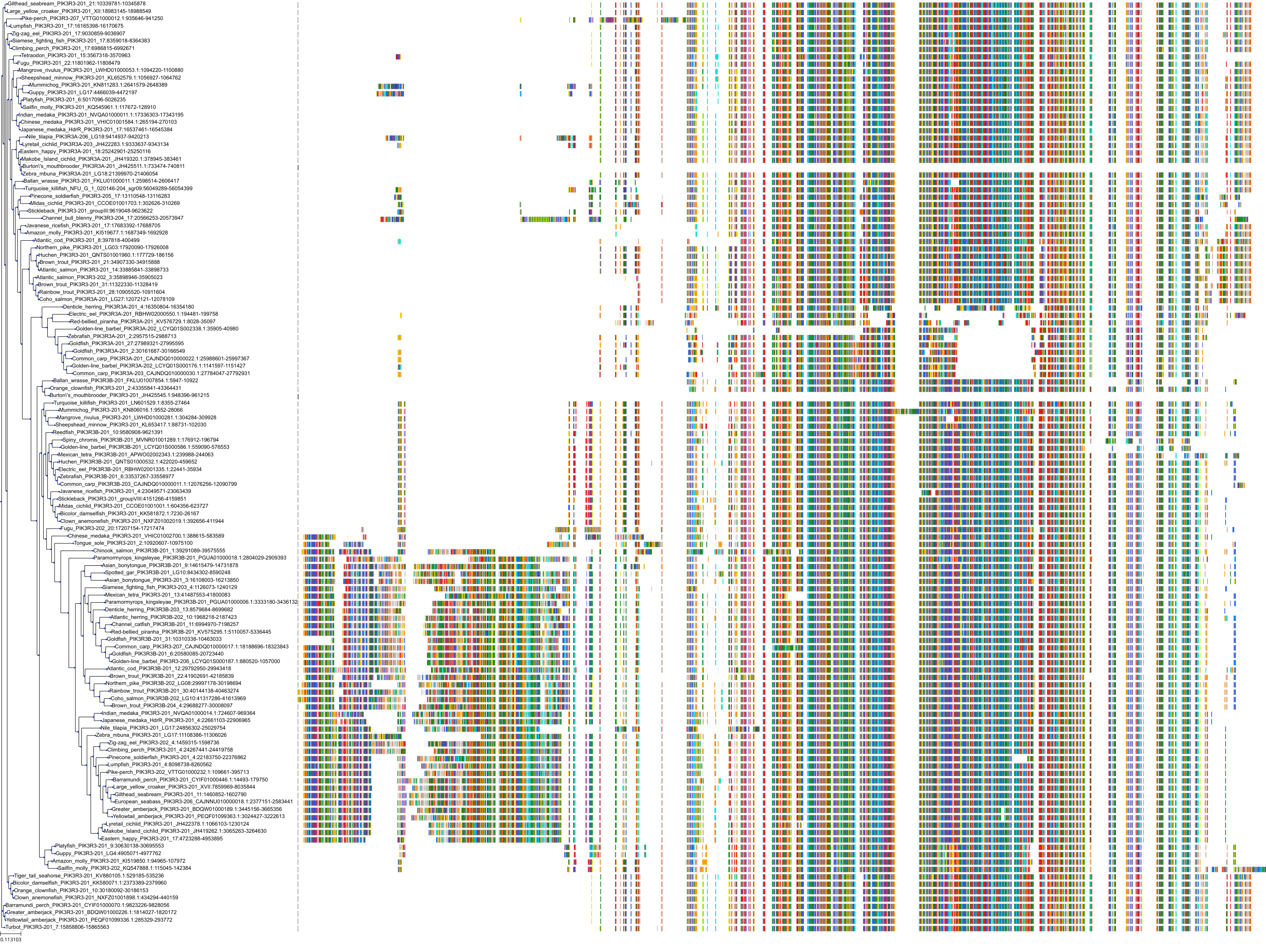| Synonyms | |
| Status | |
| Molecule Category | Free-form |
| UNII | 0ZM2Z182GD |
| EPA CompTox | DTXSID50241486 |
Structure
| InChI Key | CWHUFRVAEUJCEF-UHFFFAOYSA-N | |
|---|---|---|
| Smiles | ||
| InChI |
|
Physicochemical Descriptors
| Property Name | Value | |
|---|---|---|
| Molecular Formula | C18H21F3N6O2 | |
| Molecular Weight | 410.4 | |
| AlogP | 1.81 | |
| Hydrogen Bond Acceptor | 8.0 | |
| Hydrogen Bond Donor | 1.0 | |
| Number of Rotational Bond | 3.0 | |
| Polar Surface Area | 89.63 | |
| Molecular species | NEUTRAL | |
| Aromatic Rings | 2.0 | |
| Heavy Atoms | 29.0 |
Bioactivity
| Mechanism of Action | Action | Reference | |
|---|---|---|---|
| PI3-kinase class I inhibitor | INHIBITOR | PubMed |
|
Protein: PI3-kinase class I Description: Phosphatidylinositol 4,5-bisphosphate 3-kinase catalytic subunit delta isoform Organism : Homo sapiens O00329 ENSG00000171608 |
||||
|
Protein: PI3-kinase class I Description: Phosphatidylinositol 3-kinase regulatory subunit beta Organism : Homo sapiens O00459 ENSG00000105647 |
||||
|
Protein: PI3-kinase class I Description: Phosphatidylinositol 3-kinase regulatory subunit alpha Organism : Homo sapiens P27986 ENSG00000145675 |
||||
|
Protein: PI3-kinase class I Description: Phosphatidylinositol 4,5-bisphosphate 3-kinase catalytic subunit alpha isoform Organism : Homo sapiens P42336 ENSG00000121879 |
||||
|
Protein: PI3-kinase class I Description: Phosphatidylinositol 4,5-bisphosphate 3-kinase catalytic subunit beta isoform Organism : Homo sapiens P42338 ENSG00000051382 |
||||
|
Protein: PI3-kinase class I Description: Phosphatidylinositol 4,5-bisphosphate 3-kinase catalytic subunit gamma isoform Organism : Homo sapiens P48736 ENSG00000105851 |
||||
|
Protein: PI3-kinase class I Description: Phosphoinositide 3-kinase regulatory subunit 5 Organism : Homo sapiens Q8WYR1 ENSG00000141506 |
||||
|
Protein: PI3-kinase class I Description: Phosphatidylinositol 3-kinase regulatory subunit gamma Organism : Homo sapiens Q92569 ENSG00000117461 |
||||
| Targets | EC50(nM) | IC50(nM) | Kd(nM) | Ki(nM) | Inhibition(%) | ||
|---|---|---|---|---|---|---|---|
|
Enzyme
Kinase
Protein Kinase
Atypical protein kinase group
Atypical protein kinase PIKK family
Atypical protein kinase FRAP subfamily
|
- | 94-4600 | 19 | 199 | - | ||
|
Enzyme
Kinase
Protein Kinase
Atypical protein kinase group
Atypical protein kinase PIKK family
|
- | 94-4600 | 1800 | 199 | - | ||
|
Enzyme
Transferase
|
- | 20-216 | 130 | 20 | 82 | ||
|
Enzyme
|
- | 20-216 | 130 | 14000 | 82 |
Related Entries
Cross References
| Resources | Reference | |
|---|---|---|
| ChEBI | 71954 | |
| ChEMBL | CHEMBL2017974 | |
| DrugBank | DB11666 | |
| FDA SRS | 0ZM2Z182GD | |
| Guide to Pharmacology | 7878 | |
| PDB | SD5 | |
| PubChem | 16654980 | |
| SureChEMBL | SCHEMBL146956 | |
| ZINC | ZINC000043154039 |













